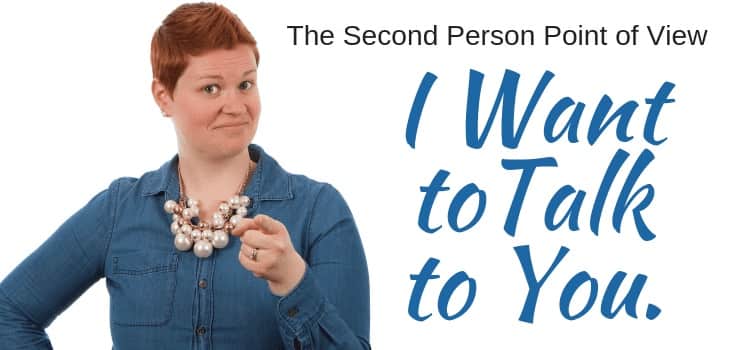
How, when, and why should you use the second-person point of view? But first, what is a point of view (POV)?
There are three basic points of view that define the type of narration in literature and writing.
They are the first, second, and third person. In the first person POV, the narrator uses the pronoun, I or sometimes, We.
The second person uses the pronoun, You. In the third person, we use he, she, and they.
The main points of view in writing
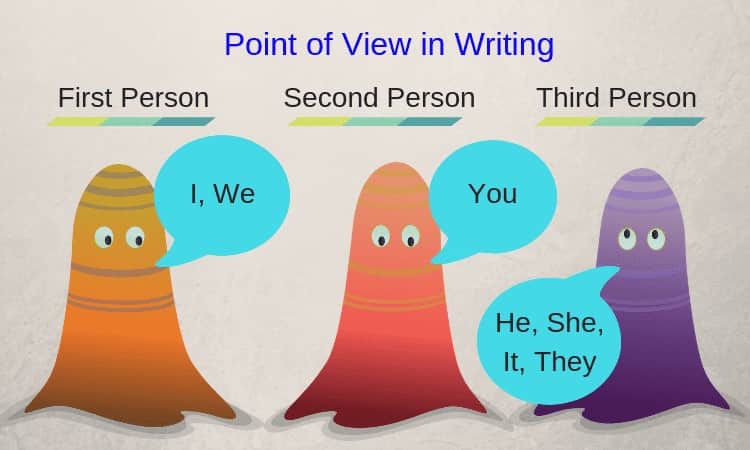
The first-person point of view
This point of view is often used in biographies and memoirs.
It is when the author uses the first person pronouns I, me, my, and mine.
You see it used in advice and self-help books, but it is generally seen as a little egotistical.
However, it occasionally occurs in fiction. Hamlet, by William Shakespeare, is a classic example.
“I have of late, — but wherefore I know not, — lost all my mirth, forgone all custom of exercises; and indeed, it goes so heavily with my disposition that this goodly frame, the earth, seems to me a sterile promontory.”
There is also the possibility to use the plural form.
It uses the pronouns we, our, and us.
While it is still first person, it is sometimes called the fourth point of view.
But it is rare to use it in a novel.
The second-person point of view
Second-person pronouns are generally you and your, and they speak directly to the reader.
It’s rare to write fiction in the second person.
One often-cited example of writing in the second person is the 1984 book, Bright Lights, Big City by Jay McInerney.
You can see by these selected first lines of the book that it is an unusual style for fiction.
“You are not the kind of guy who would be at a place like this at this time of the morning.
How did you get here? It was your friend Tad Allagash.
Your brain is rushing with Brazilian marching powder.
You are talking to a girl with a shaved head. You want to meet the kind of girl who isn’t going to be here.
But here you are, and you cannot say that the terrain is entirely unfamiliar, although the details are fuzzy.”
Then there is Margaret Atwood and her short story, Happy Endings.
She tells the story from both a second and a third-person point of view.
The most common use of writing in the second-person point of view is for self-help and advice books.
Lorrie Moore wrote a collection of short stories, Self-Help, which features pieces written in the second person.
When writing in the second person, you are addressing the reader, seemingly in real-time.
The third-person point of view
Fiction generally uses the third-person narrative voice, often referred to as third-person omniscient narration.
It means that the narrator is all-knowing. The pronouns include he, she, it, and they.
It is usually written in the past but can use the present tense.
Using the same 3rd person POV, you can have unreliable narrators. These might be difficult to believe because of exaggeration, lying, or a sorry state of mind.
The third-person narrative is usually the author speaking. However, a story can also be told from only one character’s voice.
In the Harry Potter books, J. K. Rowling uses the third person limited POV.
It means that the story is told exclusively from the perspective of Harry and the character’s thoughts, which works to connect the reader and the character.
An author can also tell a story from the view of multiple characters. A great visual example of this is The Narrator in the Rocky Horror Picture Show.
He is a fictional character and apparently a criminologist.
He appears regularly to introduce scenes and help the story unfold using the third-person narrative about various characters in the story.
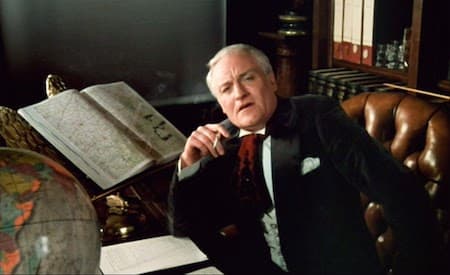
“Emotion: Agitation or disturbance of mind; vehement or excited mental state.” It is also a powerful and irrational master. And from what Magenta and Columbia eagerly viewed on their television monitor, there seemed little doubt that Janet was indeed… ”
Different points of view are rarely used in a story. However, Italo Calvino mixes POVs in his book, If on a Winter’s Night a Traveler.
How to use the second-person point of view to your advantage
If you write fiction or a short story in the second person, it can seem awkward.
But in non-fiction, when you give advice, information, or ask a reader a question, it is the perfect POV to involve your reader.
Look at these two simple examples.
I eat a lot of fruit and vegetables because I need vitamins.
You need to eat a lot of fruit and vegetables because your body needs vitamins.
How I choose an adventure holiday.
How you can choose your own adventure holiday
The change from first to second-person point of view makes the second sentence more likely to connect with the reader.
You can almost imagine them nodding in agreement as they read.
Are you writing articles, blog posts, content storytelling, or self-help and personal development ebooks?
Then, using the second-person perspective has huge benefits for you.
It helps you as a writer to connect directly with your readers’ thoughts and feelings.
The 2nd person point of view expert: Neil Patel
You have probably read many articles by Neil Patel. He is a well-known marketing expert, but he is also a fine writer.
I selected one of his articles at random, The Ultimate Guide to Writing Blog Posts That Rank in Google’s Top 10.
It is a very long piece. But what is fascinating is how often he uses you and your in the 2nd person narrative.
Here is a short extract.
If you’re a content marketer, blogger, or online business entrepreneur, you’re the CEO of your business.
No matter what you actually sell – products or services – your primary responsibility is to solve your readers’ problems.
Start by attracting attention with your post headlines to improve search engine rank. They have something that needs to be solved in their search query – solve it.
Better yet, you could find a web page that lists several sites or resources similar to your own blog post, but which contains broken links. That’s your opportunity to get your links there, in place of a broken one.
When you’re contacting someone for the first time, address the blogger or site owner by their name (preferably their first name).
If you don’t know their names, a simple Google search will reveal their Twitter account or Facebook page. Or, you can visit the “about” page through their site content.
When you read the full article, you’ll see that he uses the word You, 587 times!
He often uses the first person to introduce a situation or topic. But then he quickly switches back to the second-person perspective to engage his readers.
In every article you read by Patel, you always feel that he is talking to you directly.
It’s a simple shift
It seems like only a subtle change.
But if you look at your articles or blog posts, which voice do you use the most?
Are you using the first person too often?
It is not difficult for you to do a little rewriting to change the voice from I and My, to You and Your.
Maybe you have written a self-help book. Is it selling well?
If your answer is, um, not that great, perhaps you might want to do a quick scan read and see if your POV is a potential problem. Are you talking at your readers, or to your readers?
It might be a change that makes all the difference. You never know, do you?
The power of You and Your in a title
When you craft a title for an article or non-fiction book, do you think about your POV?
Let’s say your article or ebook is about overcoming shyness.
Which title do you think would be more powerful?
How To Overcome Shyness
My Way of Overcoming Shyness
How You Can Overcome Your Shyness
When you include You, Your, or You’re, your titles will sound less formal and rigid.
You then have far more chance of attracting attention because you have personalized the title for the reader.
Conclusion
The 2nd person is a point of view that you can use to positive effect. It will help you tell your story for and about your reader.
In fiction, unless you really know what you are doing, it is probably best to avoid it. Stick with the third person and be safe.
But when you are writing your blog posts, content articles, advice ebooks, or offering any form of technical guidance with helpful information, always stop and think.
How can I use YOU to better engage my readers in the topics I write about?
Related reading: First, Second, Or Third Person Point Of View In Blog Writing?
Share This Article
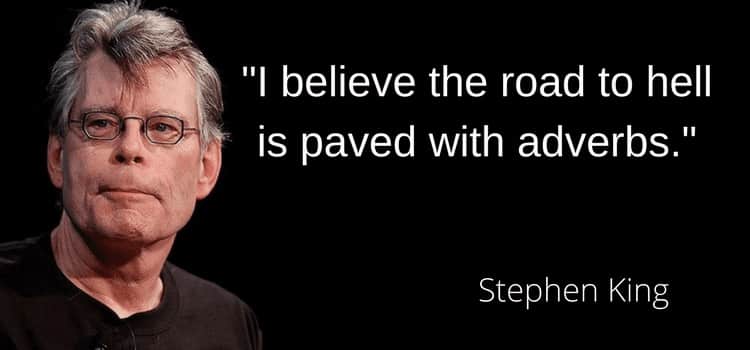
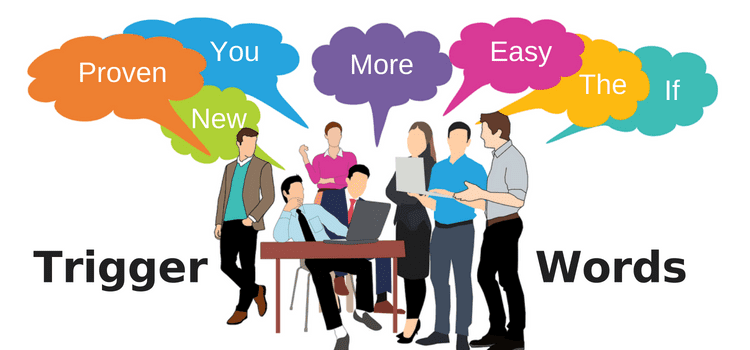
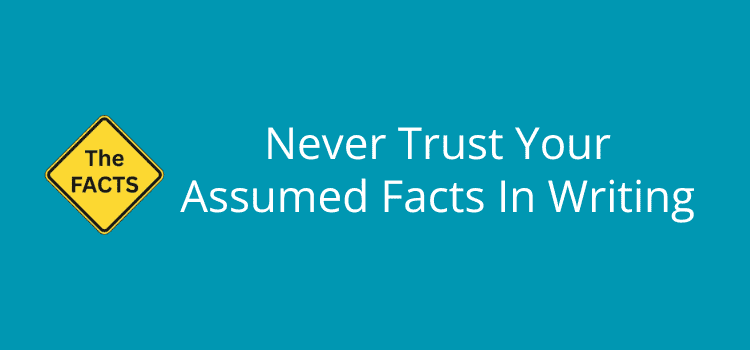
How about a blog post consisting of a mixture of both first and second POVs?
I can see how second person POV can be useful in nonfiction, but it doesn’t work in fiction – at least, not for me. I find it distracting, irritating and pretentious. I recently read a novel that opened in second person POV, and if it hadn’t been a book club choice, I’d have given up after the first page. Then again, the book was shortlisted for a prize, so what do I know?
The best use of 2nd person is in article writing and self-help books. I agree with you Annabelle that in fiction, it rarely works.